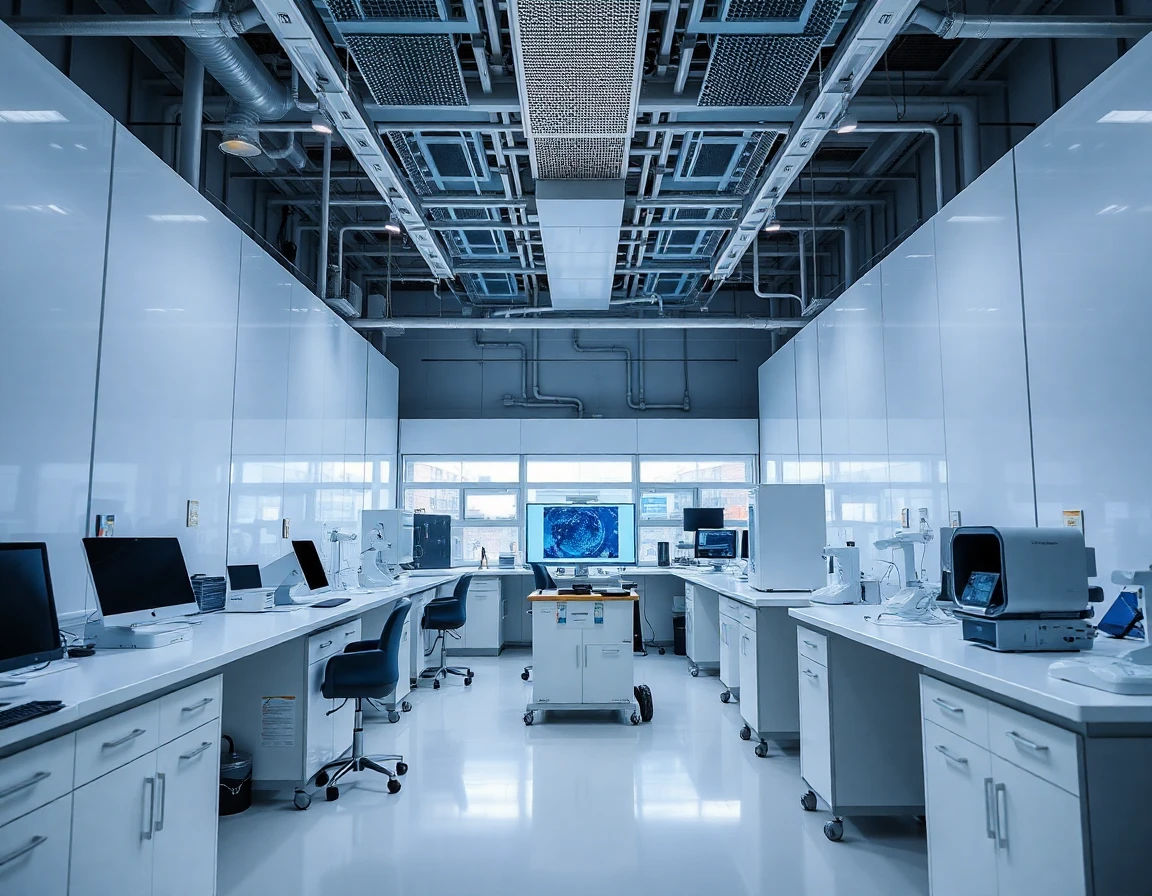Innovations in Space Debris Removal: Addressing the Growing Challenge of Orbital Pollution
As the number of satellites in orbit continues to rise, the issue of space debris has become a critical challenge for both the aerospace industry and global communications sectors. Space debris, which comprises defunct satellites, spent rocket stages, and fragments from collisions, poses significant risks to operational spacecraft, including commercial satellite-communication systems. In response to this growing threat, researchers and innovators are developing advanced technologies aimed at effective space debris removal and prevention.
Understanding the Space Debris Challenge
According to the European Space Agency (ESA), as of 2023, there are over 36,000 pieces of debris larger than 10 cm orbiting Earth. This figure does not account for smaller, yet hazardous, fragments which can cause catastrophic damage to active satellites.
Dr. Emily Carter, a leading researcher in space debris mitigation technologies at the California Institute of Technology, explains, “The increasing congestion in low Earth orbit (LEO) not only jeopardizes the safety of existing satellites but also affects the reliability of satellite communication systems that billions of people depend on every day.”
Cutting-Edge Technologies for Space Debris Removal
Recent research has yielded several promising technologies designed to address the space debris crisis. These include:
1. Active Debris Removal Systems
Active debris removal (ADR) systems are designed to capture and deorbit space debris. One notable project is the ClearSpace-1 mission, set to launch in 2025, which aims to capture a piece of defunct hardware using a robotic arm. This mission is a partnership between ESA and the startup ClearSpace.
2. Laser Propulsion Technology
Another innovative approach involves the use of ground-based or space-based lasers to nudge debris into lower orbits, allowing atmospheric drag to accelerate their descent and eventual burn-up upon re-entry.
Dr. James Liu, an astrophysicist at the Space Debris Research Institute, states, “Laser propulsion technology has the potential to be a game-changer. It offers a non-invasive means to reduce the debris hazard without adding more hardware into the already crowded orbits.”
3. Electrodynamic Tethers
Electrodynamic tethers utilize the Earth’s magnetic field to generate thrust, allowing defunct satellites to be pulled from their orbits. This method can be particularly effective in deorbiting smaller debris fragments that are difficult to capture with robotic systems.
The Role of Regulation and International Collaboration
As technological advances progress, regulatory frameworks must also adapt to ensure responsible practices in space operations. The United Nations Office for Outer Space Affairs (UNOOSA) has called for increased collaboration among nations to develop comprehensive guidelines for space debris mitigation.
Dr. Sarah Kim, a policy analyst at the International Space Policy Institute, emphasizes the need for global cooperation: “Space is a shared resource, and addressing the space debris issue requires a concerted effort from all stakeholders, including governments, private companies, and international organizations.”
Potential Impacts of Space Debris Removal Technologies
The successful implementation of space debris removal technologies could significantly enhance the sustainability of orbital space activities. For the satellite-communication industry, reduced debris risk means safer operations, leading to improved service reliability and expanded opportunities for satellite launches. With the growing demand for broadband connectivity via satellite systems, such as SpaceX’s Starlink, ensuring a safer orbital environment is paramount.
Economic Implications
Moreover, the global space economy, projected to reach $1 trillion by 2040, hinges on the success of these technologies. As companies invest in space debris removal solutions, new markets may emerge, driving innovation and job creation in the aerospace sector. This economic potential is not lost on industry leaders.
Future Developments in Space Debris Management
Looking ahead, advancements in artificial intelligence (AI) and machine learning are expected to play a pivotal role in space debris management. These technologies can enhance tracking systems, automate debris detection, and improve decision-making processes for active debris removal missions.
Conclusion: A Collective Responsibility
The challenge of space debris is a pressing issue that demands immediate action from the aerospace and satellite-communication sectors. With the development of innovative technologies and a commitment to international collaboration, there is hope for a cleaner and safer orbital environment.
As Dr. Emily Carter aptly puts it, “The future of space relies on our ability to manage our past. Effective space debris removal is not just a technical challenge; it is a responsibility we owe to future generations of space explorers and users of satellite technology.”
In conclusion, as new technologies emerge and international frameworks evolve, the concerted efforts towards space debris removal could pave the way for a sustainable future in space exploration and satellite communications.



